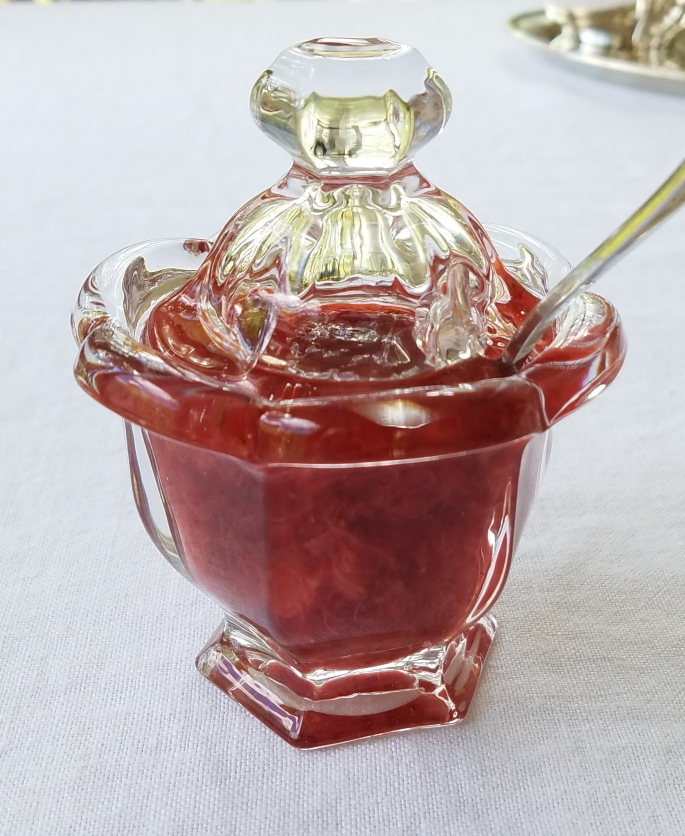Shortbread cookies are possibly the simplest cookie to make, and use ingredients that you are almost always guaranteed to have on hand. The flavor is delicate, the texture is rich, and they are excellent companions for tea or coffee when you want “just a little something” to snack on. In the batch pictured in this post, I did not use lemon. However, a small amount of lemon zest can add a surprising freshness to these buttery morsels.

3 sticks room-temp unsalted butter
1 cup sugar
3 ½ cups all-purpose flour
¼ teaspoon salt
1 ½ teaspoon vanilla extract
1 teaspoon lemon zest (optional)
space in freezer for cookie sheet (this recipe may require two cookie sheets, depending on size)
preheat oven to 350ºF
Mix sugar and salt together. Pour into a mixer with the paddle attachment, add the butter, and beat until just combined. Add vanilla (and lemon zest, if using). Continue to briefly beat until combined, scraping the sides and bottom with a rubber spatula once or twice. Slowly add flour and beat until it is incorporated, and the mixture forms a soft dough.
While the dough is still in the bowl, gently press the clumps together into a ball.
Carefully dump onto floured work surface and gently and quickly shape into roughly a rectangle shape a half inch thick. Rub flour on your rolling pin to ensure dough doesn’t cling to it.
Cut into desired shape. I usually cut mine into simple squares approximately 2 to 4 square inches. If you are cutting larger shapes, you may need to increase the baking time by a few minutes.
Place on unbuttered baking sheet (this will likely take two sheets, depending on size), preferably with parchment paper. Slide cookie sheet into freezer for 20 minutes. Taking the time to thoroughly chill the cookies before baking will help the soft dough not lose its shape in the oven.
Bake for approximately 20 minutes, or until very slightly golden at the edges, rotating halfway through.
Serve with tea or coffee as a decadent and understated little nibble.







